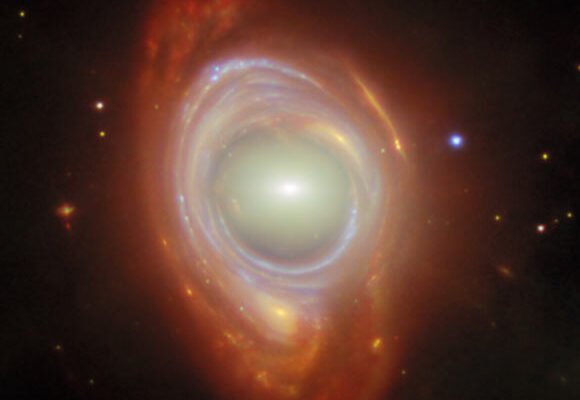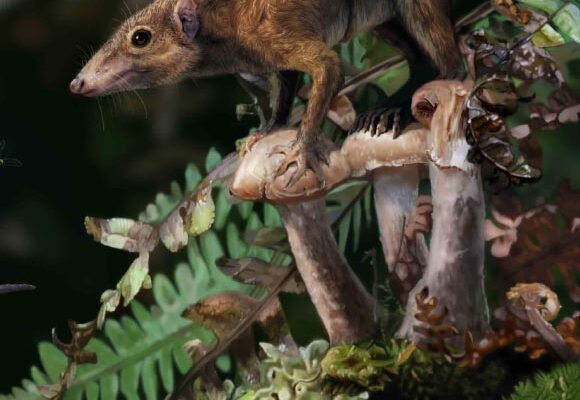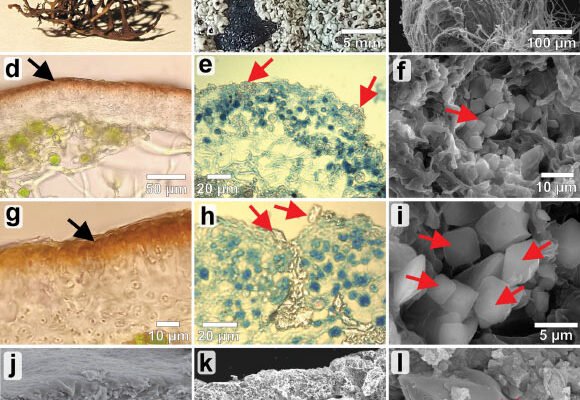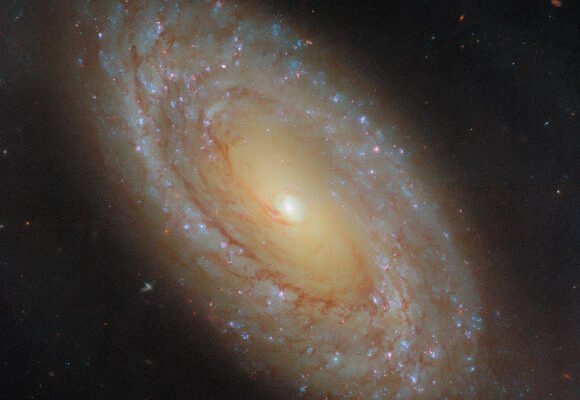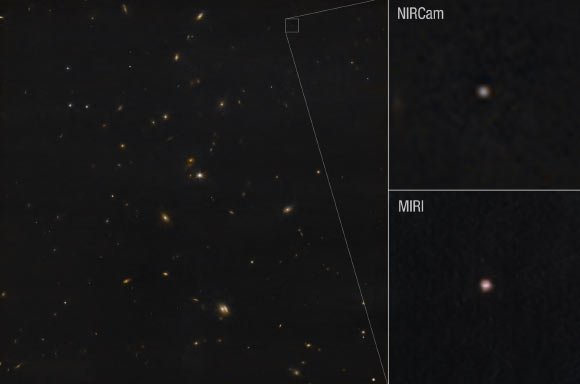
Webb Measures Size, Captures Images of Potentially Hazardous Asteroid 2024 YR4
The destructive power of an impacting asteroid is primarily estimated by knowledge of its size. The near-Earth asteroid 2024 YR4 reached a peak 2032 impact probability with Earth of 3%, motivating a desire to determine its size. Owing to its infrared capabilities, the NASA/ESA/CSA James Webb Space Telescope is uniquely suited for such assessment. Johns…







